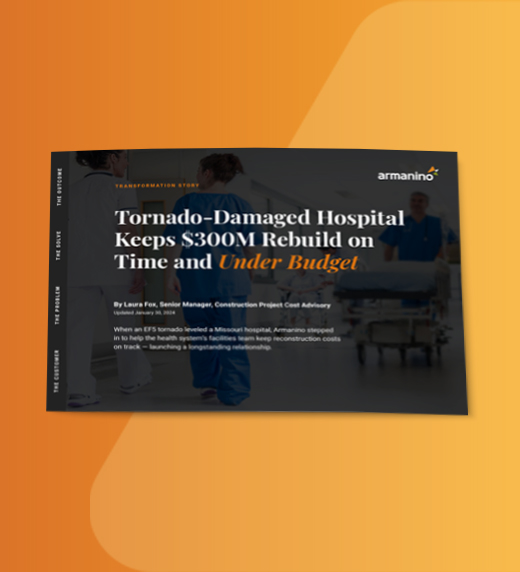Audit & Assurance Services

The key benefits of professional audit and assurance services include:
Examine your organization’s processes, systems and procedures to evaluate the effectiveness of your internal controls in safeguarding assets, ensuring accuracy of financial records and preventing fraud.
Improve internal controls and manage risk with personalized analysis for your organization.
Gain a competitive edge with our innovative SOX compliance approach.
Grow your business and meet compliance needs with efficient, thorough Type 1 and Type 2 service organization controls (SOC) reports.
Give your customers peace of mind with reports that validate your secure management of private client information.
Assess your vendors and implement supply chain partner controls through internal SOC standards that boost stakeholder confidence.
Evaluate potential fraud risks, review policies, develop management systems and implement training programs that prevent fraud.
Elevate security posture through ISO Certifications and show your proficiency in information security, data privacy and other key areas.
Ensure that your vendors or service providers meet your organization’s requirements to protect your assets, data and reputation.
Review contracts and improve your management processes to ensure adherence to contractual terms and conditions.
Implement measures to protect your computer systems, networks and data by incorporating frameworks such as NIST and CST. Our data privacy services focus on ensuring the proper handling of sensitive data, aligning with privacy regulations to keep your organization compliant.
What To Expect
Our breadth of expertise gives us the skills necessary to conduct external audits quickly and effectively with minimal disruption to your operations, no matter how complex your organization. Our staff is trained in the issues and business processes of your industry — they know what to look for and how to go about it with no wasted motion.
Our partners and managers work onsite, taking a proactive approach to streamlining your audit and resolving any issues that arise. At every level of your organization, our people are equipped with robust tools and technologies to ensure a thorough and efficient audit process.
Our evolved service model combines highly trained staff, sophisticated methodologies and the latest technology to offer audit services at fees that are highly competitive when compared to our Big 4 and national counterparts — with no sacrifice in resources, service or quality.
Beyond traditional external audits, we offer a full range of audit services to address specific needs. Our review team can analyze your financial statements, provide all three types of SOC reports and conduct benefit plan audits.
Leverage efficient auditing services that meet international standards for your operations outside the U.S. If you need guidance on a global scale, our membership in Moore North America, which itself is a member of the Moore Global Network, allows us to seamlessly extend our full range of services and resources to over 100 countries. We provide access to top independent accounting firms in your key markets. But we don’t just introduce you — we coordinate the audits with other member firms to ensure consistent service across all your operations, both at home and abroad.

When you work with Armanino, you gain our team’s demonstrated proficiencies derived from decades of helping businesses like yours solve their unique challenges. Our accolades and certifications include:






Armanino has the industry expertise and comprehensive capabilities to meet your unique audit and assurance needs. Contact us today for a free consultation.